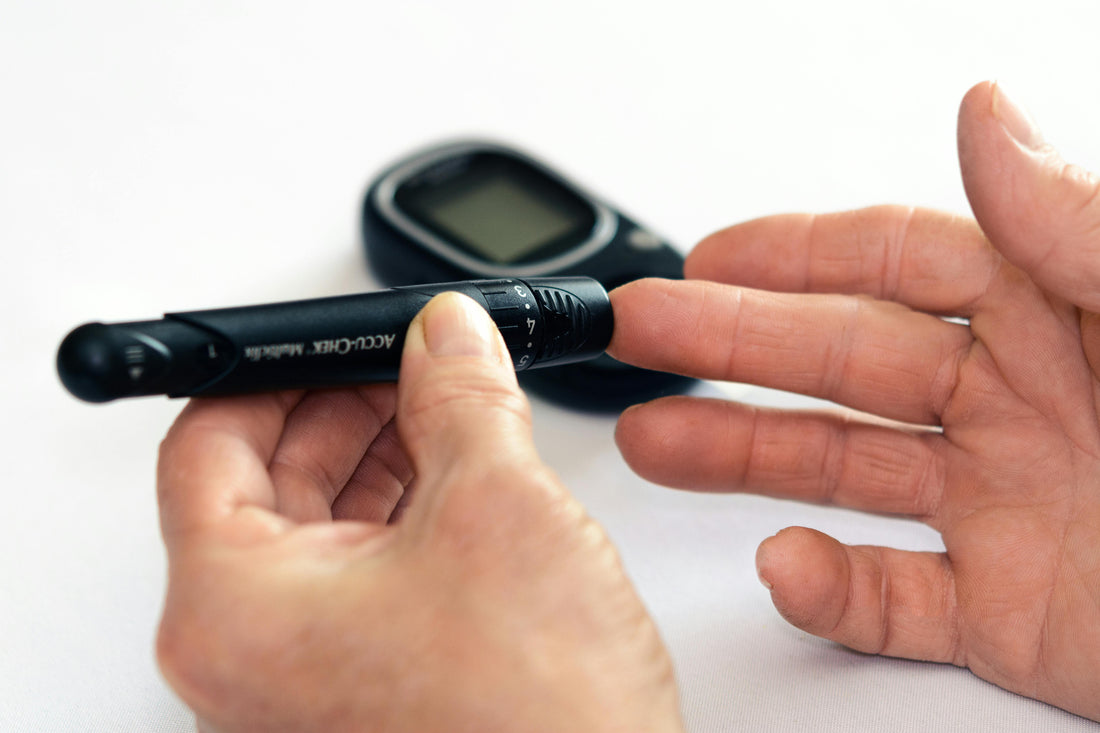
How Resistance Training Affects Blood Sugar in People with Type 2 Diabetes
Share
Managing type 2 diabetes isn’t just about medication and diet. Exercise, especially resistance training, can play a big role in helping control blood sugar. But do you need a gym membership for that, or can you get the same benefits working out at home? A new study has explored exactly this, and here’s what it found.
What is Resistance Training?
Resistance training (RT), often called strength training, includes exercises where your muscles work against a force. This could be weights, resistance bands, or even your own body weight. The goal is to make your muscles stronger over time.
In people with type 2 diabetes, resistance training can help muscles absorb sugar from the blood more efficiently, improving blood sugar control.
The Study: Home vs. Gym Training
Researchers analyzed data from 20 different studies, covering nearly 1,400 people with type 2 diabetes. They wanted to see how effective resistance training was in lowering HbA1c — a key blood test that shows average blood sugar over the past 2 to 3 months.
They compared two types of training:
- Gym-based resistance training (with equipment and often under supervision)
- Home-based resistance training (usually unsupervised and using simple tools)
Key Findings
Gym Workouts Helped Lower Blood Sugar
People who did resistance training at the gym saw their HbA1c levels drop significantly. On average, their levels decreased by 0.39%. This may seem small, but even modest drops in HbA1c can reduce the risk of diabetes complications like heart disease or nerve damage.
Home Workouts Didn’t Show the Same Benefit
Surprisingly, those who trained at home did not see a meaningful drop in their HbA1c. In fact, some even saw slight increases, although these were not statistically significant.
Why the Difference?
There could be several reasons gym-based workouts worked better:
- Supervision: Trainers at the gym can make sure exercises are done correctly and consistently.
- Motivation: People may feel more committed when they’re in a structured environment or working out with others.
- Equipment: Gyms offer more options for gradually increasing workout intensity, which is important for muscle gains.
- Routine: Going to the gym can help people stick to a regular schedule.
At home, people may skip sessions, use lighter weights, or not follow a proper training plan. All of these can reduce the effectiveness of resistance training.
What Kind of Training Works Best?
The study also looked at different styles of resistance training:
- Hypertrophy training (8 to 15 reps at moderate intensity) was the most effective at reducing blood sugar.
- Strength endurance training (more reps, lighter weights) and maximum strength training (very heavy weights, fewer reps) didn’t show as much benefit.
This suggests that moderate weight training done consistently might be the sweet spot for improving blood sugar.
Does Duration or Frequency Matter?
Interestingly, the study found that longer training programs (over 4 months) didn’t necessarily lead to better results than shorter ones. Also, doing more sessions didn’t always mean better outcomes.
This means that consistency and quality of the workout might matter more than just doing it for longer or more often.
What Should You Do?
If you have type 2 diabetes and want to try resistance training, here’s some practical advice:
- Start slow: If you’re new to exercise, begin with light weights or resistance bands.
- Get guidance: If possible, consult a fitness trainer or physiotherapist who has experience with diabetes.
- Focus on full-body workouts: Include exercises for both upper and lower body.
- Train at moderate intensity: Aim for 8 to 15 reps per exercise, using weights that feel challenging but manageable.
- Stay consistent: Try to work out 2 to 3 times a week, and track your progress.
Final Thoughts
Resistance training is a powerful tool for managing type 2 diabetes — but where and how you do it matters. Gym-based workouts, especially with some supervision and structure, seem to offer better blood sugar control than home-based ones. That doesn’t mean home training is useless, but it does suggest that more effort is needed to make it effective.
If going to a gym isn’t an option for you, consider joining a virtual class, using proper equipment, and following a clear plan to make your home workouts more effective.
